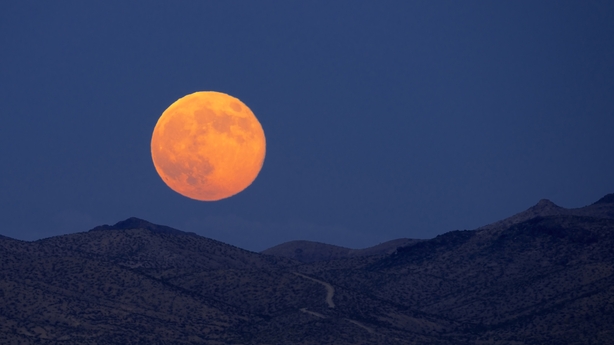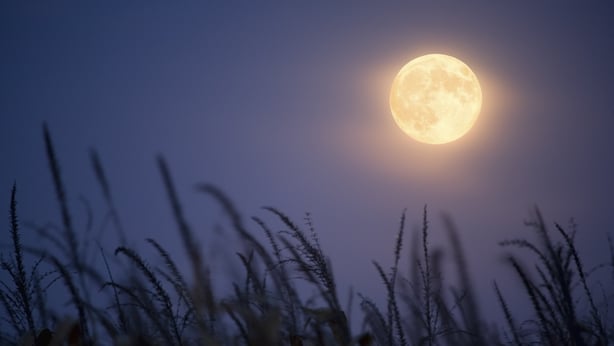Tracking the moon and its cycles of waning and waxing stems from an ancient form of time-keeping, with moon phases coinciding with and signalling certain communal events - harvesting, animal mating seasons, hunting.
The Native Americans were particularly dedicated to this, giving each full moon a name to help them track seasons instead of with calendars, although each tribe could differ on how they tracked moons.
Today, they're a handy scapegoat for when things feel a little out of sync, but the changing shapes of the moon and its symbols still enthral people to this day.

A full moon happens when the moon is completely lit up by the sun's rays, which occurs when the Earth is directly aligned between the sun and moon. This happens roughly every 29.5 days, meaning there are 12 full moons in a year. But this week, we'll see our last supermoon of the year, a dazzling event.
May's Flower Moon is the third supermoon after March's Worm Moon and April's Pink Moon. As the high point of spring, this full moon is named for the flower-filled month of May.
Coming at a fertile time, this full moon is also known as Corn Planting Moon, as crops are sown in time for harvest, or Milk Moon, as May was previously known as the "Month of Three Milkings".
According to NASA, the dazzling moon will appear at its fullest on the morning of May 7 at 6:45 a.m. ET, but you'll be able to bask in its glow from the evening of the 6 May to the morning of 8 May.
A supermoon occurs when the moon comes within 90% of perigee – its closest approach to earth in orbit. When this happens, the moon appears 30% brighter and 14% bigger to the human eye.

If it's a cloudy night where you are, don't worry: the Virtual Telescope Project will be sharing a livestream of the supermoon over Rome on May 7 beginning at 18:30 UT.
And if you miss this one, there'll be plenty of opportunities to catch another, with a full moon taking place each month of the year. This year, we have a bumper crop, as October gets two full moons. Read about the upcoming full moons here.

